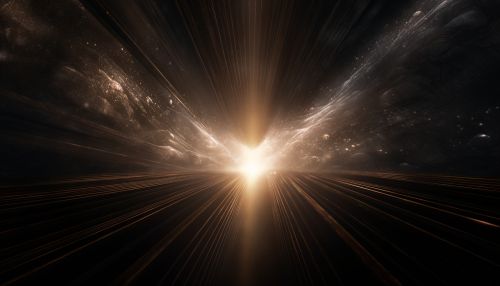Special Theory of Relativity
Introduction
The Special Theory of Relativity, often referred to as the Theory of Relativity or simply Relativity, is a physical theory proposed by Einstein in 1905. It is a cornerstone of modern physics, playing a crucial role in our understanding of the fundamental laws of the universe. The theory is based on two postulates: the laws of physics are the same in all inertial frames of reference, and the speed of light in a vacuum is constant, regardless of the motion of the source or observer.


Postulates of Special Relativity
The first postulate, known as the Principle of Relativity, states that the laws of physics are the same in all inertial frames of reference. This means that there is no preferred inertial frame of reference in the universe; all motion is relative to something else, and there is no absolute state of rest.
The second postulate, the invariance of the speed of light, asserts that the speed of light in a vacuum is a universal constant, denoted by 'c'. This speed is approximately 299,792 kilometers per second, and it does not change, regardless of the relative motion of the source of light and the observer.
Consequences of the Postulates
The postulates of the Special Theory of Relativity lead to several counterintuitive results that differ significantly from the predictions of classical mechanics. These include time dilation, length contraction, and the equivalence of mass and energy.
Time Dilation
Time dilation is the difference in elapsed time measured by two observers, due to a relative velocity between them or to a difference in gravitational potential between their locations. According to the theory of relativity, time can 'slow down' or 'speed up' depending on how high you are, and how fast you are moving.
Length Contraction
Length contraction is the phenomenon that a moving object's length is measured to be shorter than its proper length, which is the length as measured in the object's own rest frame. This is not because the object physically contracts, but because the space it occupies is observed to contract.
Mass-Energy Equivalence
The most famous equation in all of physics, E=mc^2, comes from the theory of relativity. This equation expresses the concept of mass-energy equivalence, stating that the energy (E) of an object is equal to the mass (m) of that object times the speed of light squared (c^2). This means that mass can be converted into energy, and energy can be converted into mass.
Experimental Verification
The predictions of the Special Theory of Relativity have been confirmed by numerous experiments and observations. For example, time dilation has been measured in numerous experiments involving fast-moving particles and clocks flown in airplanes. Similarly, the mass-energy equivalence principle has been confirmed by experiments in both particle physics and nuclear physics.
Impact on Modern Physics
The Special Theory of Relativity has had a profound impact on modern physics. It has revised our understanding of space and time, and has led to the development of the General Theory of Relativity, which is a theory of gravity. Furthermore, it has provided the foundation for the development of quantum field theory, the standard model of particle physics, and many other areas of physics.
